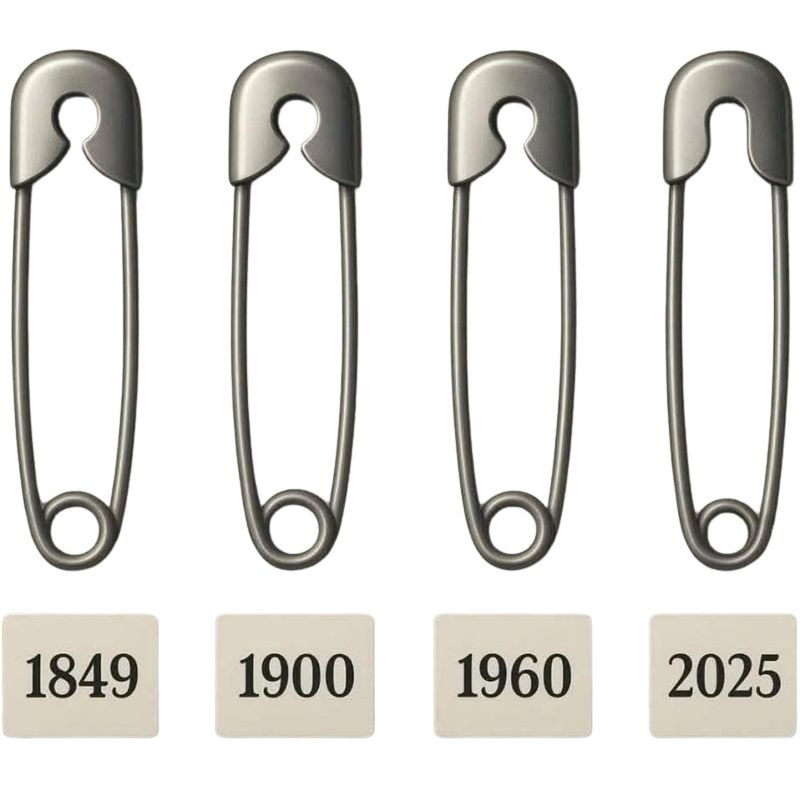The Timeless Influence of Ideas on Electronics Development
The safety pin, invented by Walter Hunt in 1849, is a perfect example of an idea born complete. Its elegant design—combining a pin, clasp, and cover in one piece—has required no significant updates for over 170 years.
5/13/20252 min read


The Timelessness of a Simple Idea
The safety pin, invented by Walter Hunt in 1849, is a perfect example of an idea born complete. Its elegant design—combining a pin, clasp, and cover in one piece—has required no significant updates for over 170 years. This contrasts with the electronics industry’s focus on rapid innovation, yet the transistor (1947) and integrated circuit (1958) echo this simplicity in their foundational impact.
Ideas as the Seed of Innovation
Ideas spark electronics breakthroughs. The integrated circuit addressed miniaturization needs, while the microprocessor evolved from a logic device into a computing powerhouse. Like the safety pin, these innovations solved specific problems, though some required iteration to reach their potential.
Balancing Function and Form
The safety pin’s seamless design integrates utility and aesthetics. The iPhone (2007) mirrors this, blending touchscreen functionality with a sleek form. This balance ensures products remain intuitive and effective, a key consideration in electronics design.
The Role of Iteration in Electronics
Unlike the static safety pin, products like the personal computer and LED technology thrived through iteration. Each refinement built on the last, showing that ideas can grow over time while retaining their core value.
Simplicity vs. Complexity in Modern Electronics
While complexity drives progress (e.g., 5G, AI), simplicity shines in devices like the Amazon Echo or Raspberry Pi. These products distill power into user-friendly forms, echoing the safety pin’s minimalist strength.
Lessons for Future Electronics Development
Start with a clear problem, prioritize elegant design, and know when an idea is complete. Companies like Dyson and the legacy of the Sony Walkman illustrate these principles in action.
The Cultural Impact of Enduring Ideas
The safety pin’s cultural resonance parallels the Game Boy and Polaroid, showing how great ideas transcend function to become cultural icons.
Challenges in Maintaining Simplicity
Feature creep threatens electronics, but the safety pin’s focus on core purpose warns against overcomplication. Developers must enhance, not bloat, user experiences.
The Future of Electronics: A Blend of Old and New
In 2025 and beyond, wearable health monitors and smart homes could adopt simple designs, while quantum computing pushes innovation, blending timeless principles with new technology.
Conclusion
The safety pin’s 170-year legacy teaches electronics developers to value simplicity and functionality. Whether ideas emerge fully formed or evolve, their success lies in solving needs enduringly. As we innovate, let’s harness that initial spark into timeless solutions.
